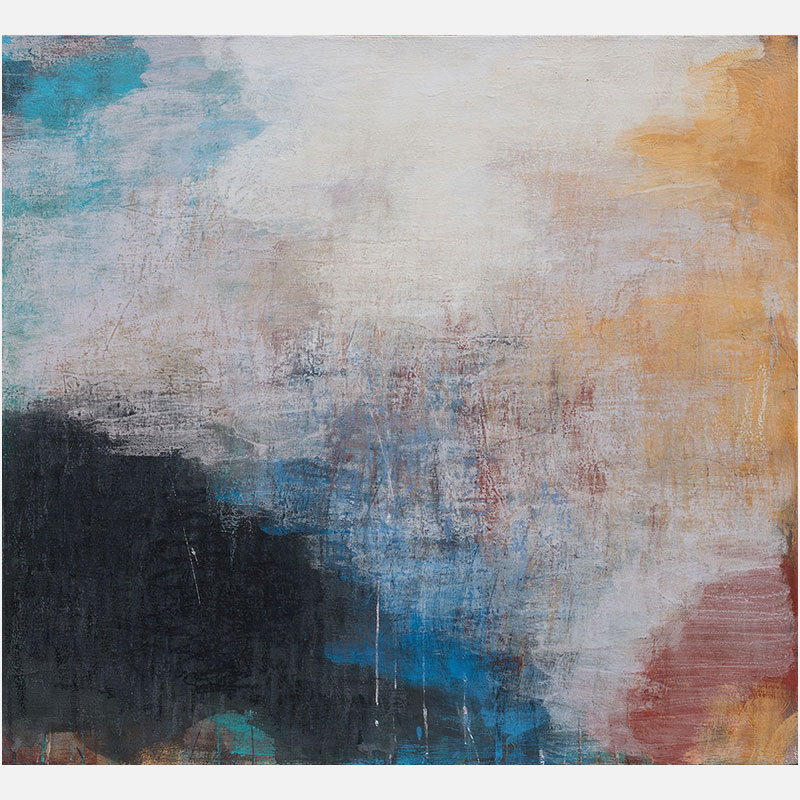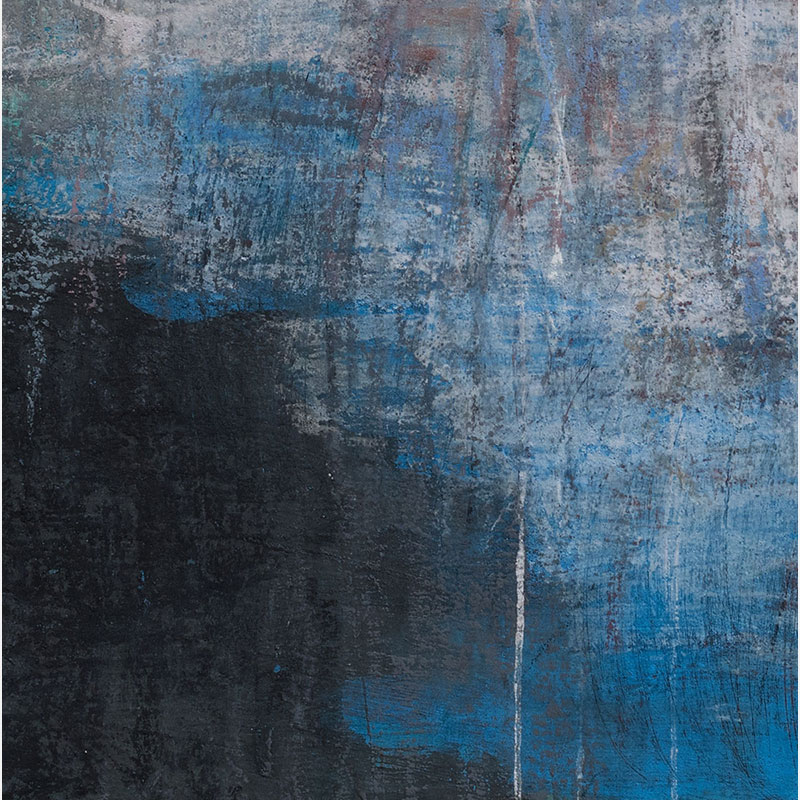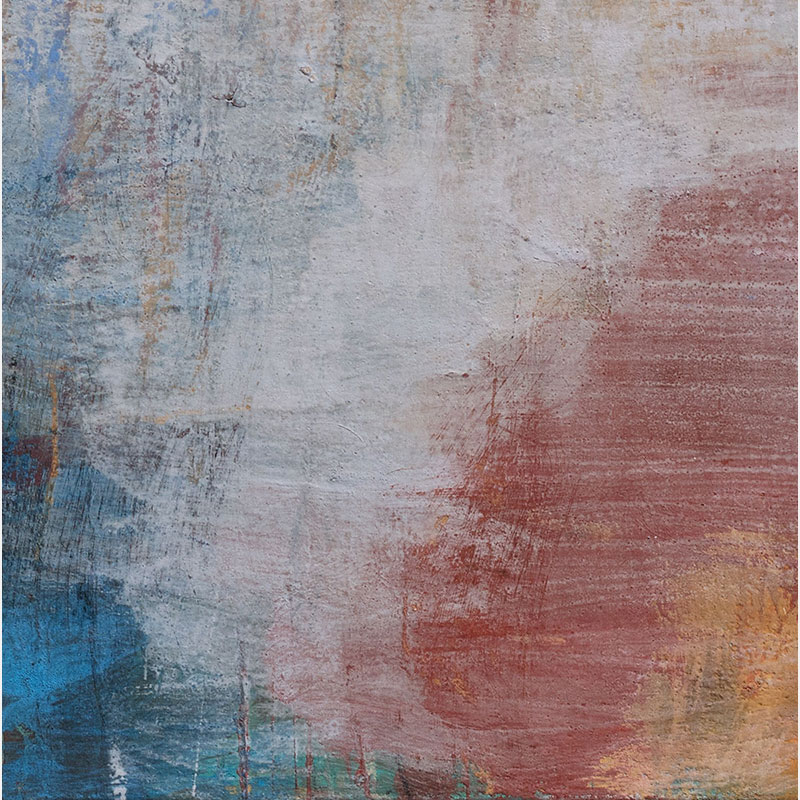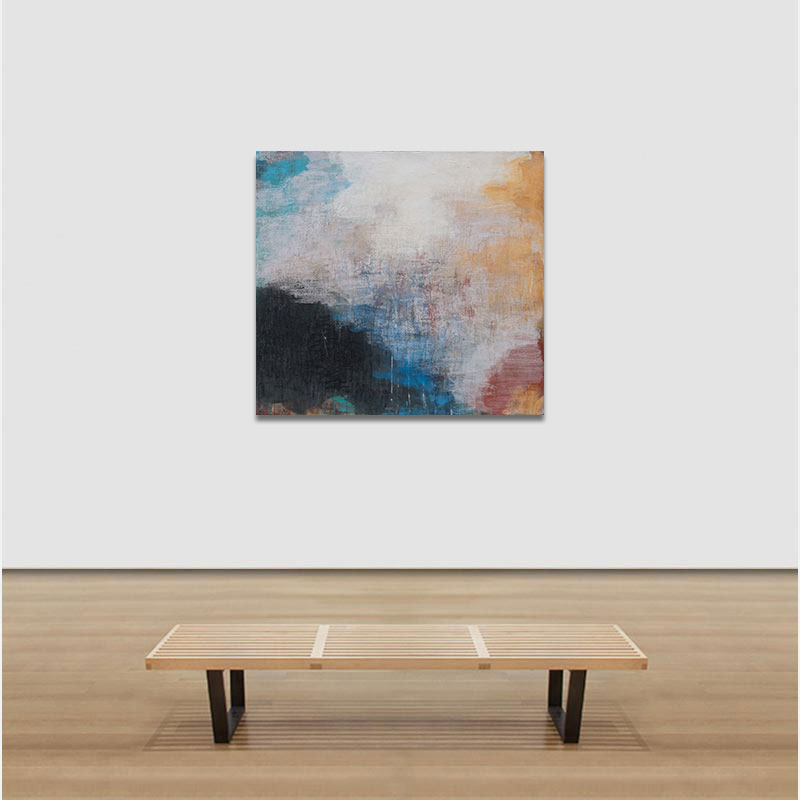EXHIBITION
AN ALCHEMY OF MATTER
Orazio De Gennaro:
Tempo Perso, 2011
Oil Pastel, Graphite, and Pigment on Canvas
44 x 48 in
112 x 122 cm
US $ 7,300
In Tempo Perso, Orazio De Gennaro creates a field where color and matter dissolve into one another, evoking both the slow erosion of walls and the vastness of skies. Broad swathes of black, blue, ochre, and white appear suspended between opacity and light, rendering time not as a straight line but as layered presence. The work resists depiction, instead offering an atmospheric space of memory and transformation. ...more
Go to Artwork: NEXT PREV ALL




